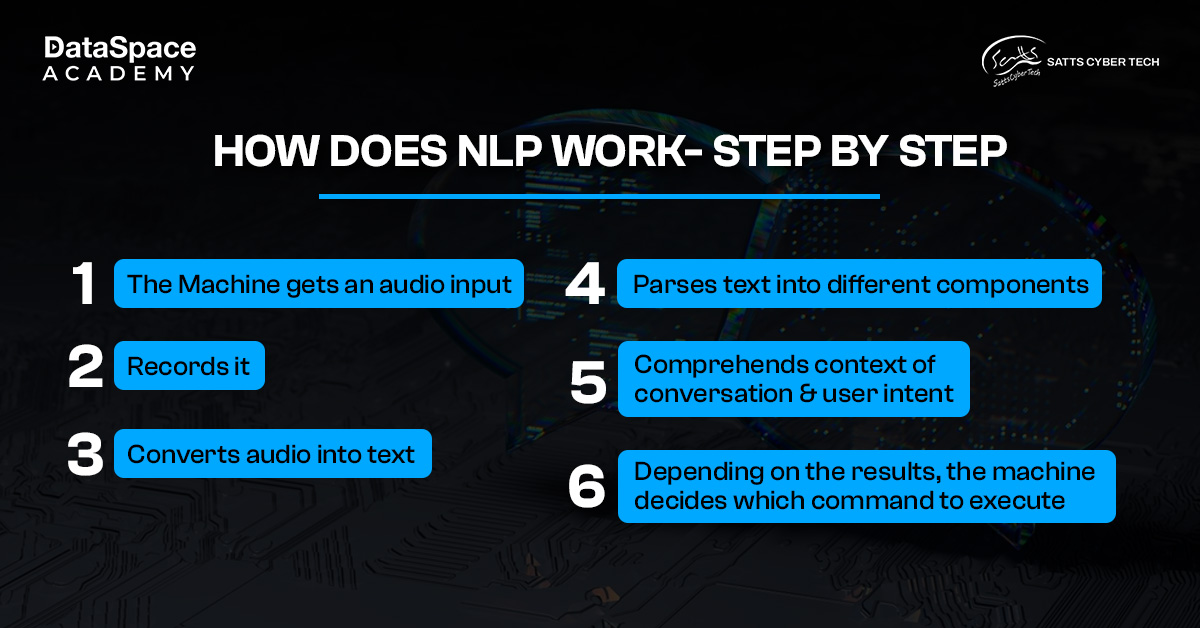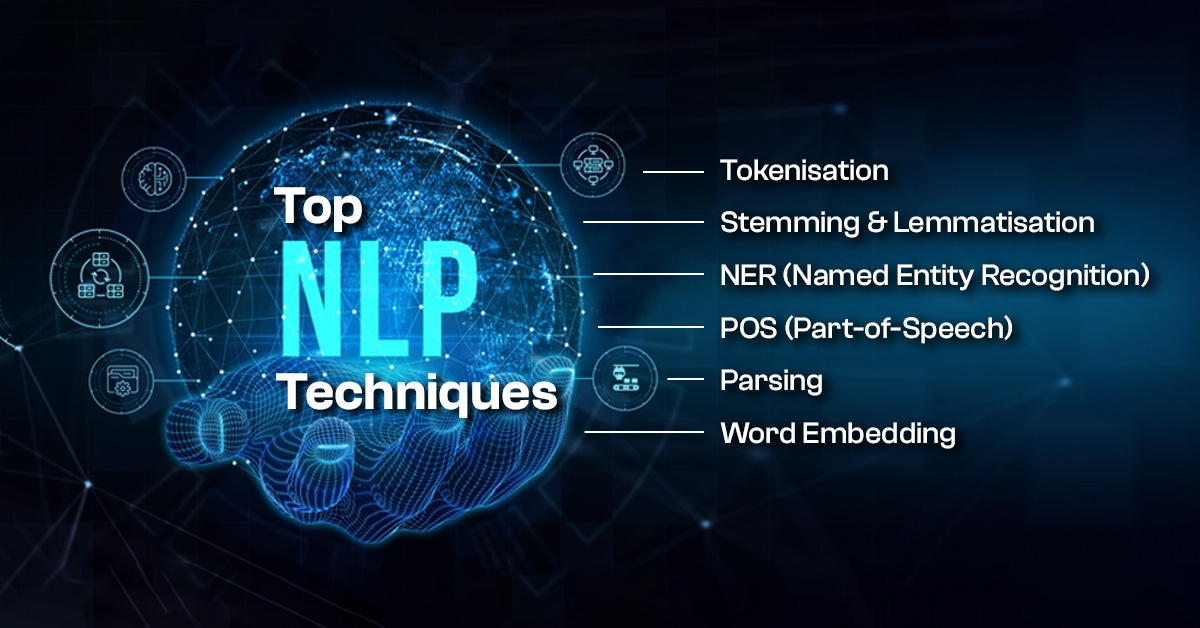Imagine a world where machines understand and respond to human language just like we do. That’s exactly what Natural Language Processing (NLP) is making possible! Whether it's chatbots offering real-time support, voice assistants answering questions, or AI generating human-like text- NLP is transforming how we interact with technology.
But how does it work? How do machines grasp the complexities of language—its nuances, tone, and even emotions? From text analysis to sentiment detection, NLP is at the heart of modern AI applications. Whether you’re a tech enthusiast, a marketer leveraging AI-driven insights, or a developer looking to build smarter applications, understanding NLP is essential.
In this blog, we’ll dive into the fascinating world of Natural Language Programming, breaking down its core concepts, and real-world applications. Ready to explore the power of language and AI? Let’s get started!
Natural Language Processing (NLP) is a subset of Artificial Intelligence, specifically programmed to enable computers to understand and process human language. To precisely decode, the objective of NLP is to process and analyse vast pools of natural language data. The technology empowers computers to understand, process, and produce human language in a meaningful format, for real-time conversations.
OpenAI propelled the AI competition forward with ChatGPT, a sophisticated NLP system that bridges the gap between artificial intelligence and human communication. Users engage with these advanced NLP systems in a human-like manner, offering an insightful personalised experience. Let’s delve into the fascinating mechanism and
use of natural language processing in this comprehensive continuation.

NLP is a complex mechanism of computational linguistics, machine learning, and deep learning models. As NLP is growing increasingly sophisticated, let’s understand the step-by-step mechanisms behind Natural Language Processing.
From voice-controlled assistants to real-time translations, NLP is revolutionising the way humans interact with technology- making communication more seamless and intelligent.

The complex process of interpreting and processing human language depends on various
natural language processing techniques, each addressing different aspects of language understanding. Here is a snapshot of popular techniques:
Wondering how NLP is transforming industries? Here are five compelling real-world examples:
The advent of Natural Language Processing (NLP) has unlocked new horizons across industries as well as lucrative career scope for prospective aspirants. By leveraging
machine learning with python, you can enhance your key skills and resume credibility to become recruiters’ first choice in the league.


 NLP is a complex mechanism of computational linguistics, machine learning, and deep learning models. As NLP is growing increasingly sophisticated, let’s understand the step-by-step mechanisms behind Natural Language Processing.
NLP is a complex mechanism of computational linguistics, machine learning, and deep learning models. As NLP is growing increasingly sophisticated, let’s understand the step-by-step mechanisms behind Natural Language Processing.
 The complex process of interpreting and processing human language depends on various natural language processing techniques, each addressing different aspects of language understanding. Here is a snapshot of popular techniques:
The complex process of interpreting and processing human language depends on various natural language processing techniques, each addressing different aspects of language understanding. Here is a snapshot of popular techniques:
